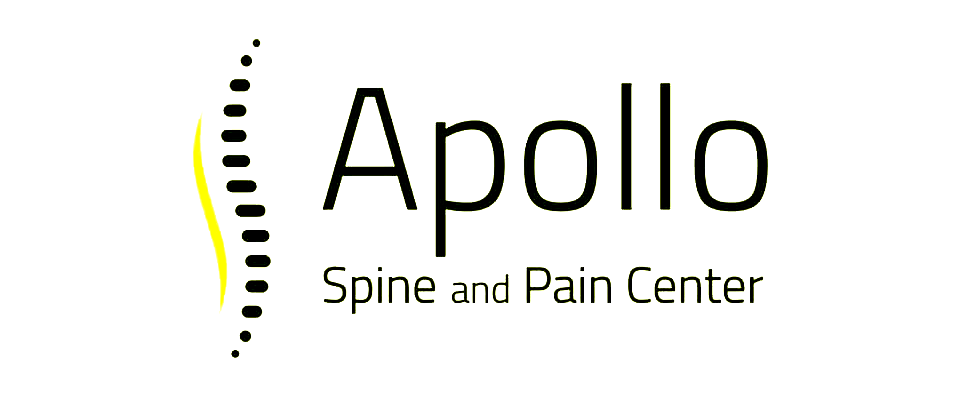Understanding Spinal Cord Stimulation for Effective Pain Management: Unveiling a Potent Weapon in the Battle Against Chronic Pain
Chronic pain can have a devastating impact on an individual's life, often limiting daily activities and reducing overall quality of life. Innovative treatment options are crucial for providing long-term pain relief, and one such cutting-edge solution is spinal cord stimulation (SCS). As a leading provider of comprehensive pain management in Southern California, Apollo Spine and Pain Center is proud to offer SCS as part of its extensive suite of services designed to help patients regain pain-free function and enhance their well-being.
Spinal cord stimulation is a minimally invasive therapy that employs mild electrical pulses to the spinal cord, effectively interrupting pain signals transmitted to the brain. SCS has shown considerable promise in treating a variety of chronic pain conditions, such as failed back surgery syndrome, complex regional pain syndrome, and neuropathic pain. By addressing pain at its source and customizing the treatment to suit individual needs, spinal cord stimulation can offer remarkable pain relief with reduced side effects compared to traditional pain medications or extensive surgery.
In this article, we will delve into the inner workings of spinal cord stimulation, exploring the technology and components involved in SCS, the procedure and recovery process, and the potential benefits and risks associated with this advanced pain management solution. Additionally, we will discuss the importance of evaluating your candidacy for SCS with qualified healthcare professionals, like the Apollo Spine and Pain Center team, and how to decide if spinal cord stimulation could be an appropriate treatment option for you.
Driven by expertise, compassion, and innovation, our team is deeply committed to helping patients seek lasting relief from chronic pain using advanced treatment options such as spinal cord stimulation. We aim to help you conquer chronic pain and regain control over your life through detailed assessments, tailored treatment plans, and continuous support.
Inside the Technology of Spinal Cord Stimulation
Spinal cord stimulation entails using an implantable medical device called a spinal cord stimulator. The key components of this technology include:
1. Implanted pulse generator (IPG): This small, battery-powered device generates the electrical pulses transmitted to the spinal cord.
2. Leads: These thin, flexible wires connect the IPG to the electrodes placed along the spinal cord and transmit electrical pulses to the targeted nerves.
3. Remote control: Patients can adjust the intensity and frequency of the electrical pulses using a handheld remote control to optimize pain relief.
The Spinal Cord Stimulation Procedure and Recovery Process
The spinal cord stimulation process typically involves two parts: a trial phase to evaluate the patient's response to the treatment, followed by the permanent implantation of the spinal cord stimulator if the trial is deemed successful. The procedure and recovery steps include:
1. Trial phase: Under local anesthesia, the temporary SCS leads are inserted into the epidural space near the spinal cord using a small needle. The leads are connected to an external IPG, and the stimulation settings are adjusted to optimize pain relief. The trial phase usually lasts 4-7 days, during which the patient can evaluate the effectiveness and comfort of the stimulation.
2. Permanent implantation: If the trial is successful, the patient undergoes a minimally invasive outpatient surgery to implant the permanent SCS system. The surgeon places the permanent leads in the epidural space and connects them to the IPG, which is typically implanted under the skin in the buttock or lower abdomen.
3. Recovery: Patients may experience mild discomfort at the incision sites following the implantation. They are generally advised to limit certain activities and bending or twisting motions for a few weeks to facilitate the healing process.
Evaluating the Benefits and Risks of Spinal Cord Stimulation
When considering spinal cord stimulation for chronic pain management, weighing the potential benefits and risks associated with the treatment is essential.
Benefits of SCS may include:
1. Significant pain relief: Many patients who undergo SCS report considerable pain reduction, often resulting in decreased reliance on pain medications.
2. Minimally invasive: The SCS procedure is less invasive than traditional surgery, reducing the risk of complications and shortening recovery time.
3. Personalized treatment: The electrical pulse settings can be adjusted to optimize pain relief, allowing patients to tailor the treatment to their unique needs.
4. Reversible: If a patient's condition changes or SCS becomes less effective over time, the system can be turned off or removed altogether.
Potential risks of SCS include:
1. Infection: As with any surgical procedure, there is a small risk of infection at the implantation site.
2. Lead migration: Occasionally, the leads may shift from their optimal positions, affecting the effectiveness of the electrical stimulation.
3. Adverse reactions: Some patients may experience uncomfortable side effects, such as muscle twitching or stimulation in undesired areas.
Determining Whether Spinal Cord Stimulation Is the Right Choice for You
To evaluate your candidacy for spinal cord stimulation, consult an experienced pain management professional, such as those at Apollo Spine and Pain Center, who can comprehensively assess your medical history, symptoms, and previous treatment outcomes. If SCS is deemed an appropriate solution, a personalized treatment plan will be developed in collaboration with you to address your unique needs and pain management goals.
Conclusion
Spinal cord stimulation offers a powerful, minimally invasive approach to chronic pain management, potentially providing substantial, tailored pain relief for numerous conditions. By understanding the technology, procedure, and potential benefits and risks of SCS, you can decide whether this advanced treatment is right for you. With the support and expertise of the Apollo Spine and Pain Center team, you can confidently explore this potent weapon in the battle against chronic pain, ultimately regaining control of your life and embracing a brighter, pain-free future.












